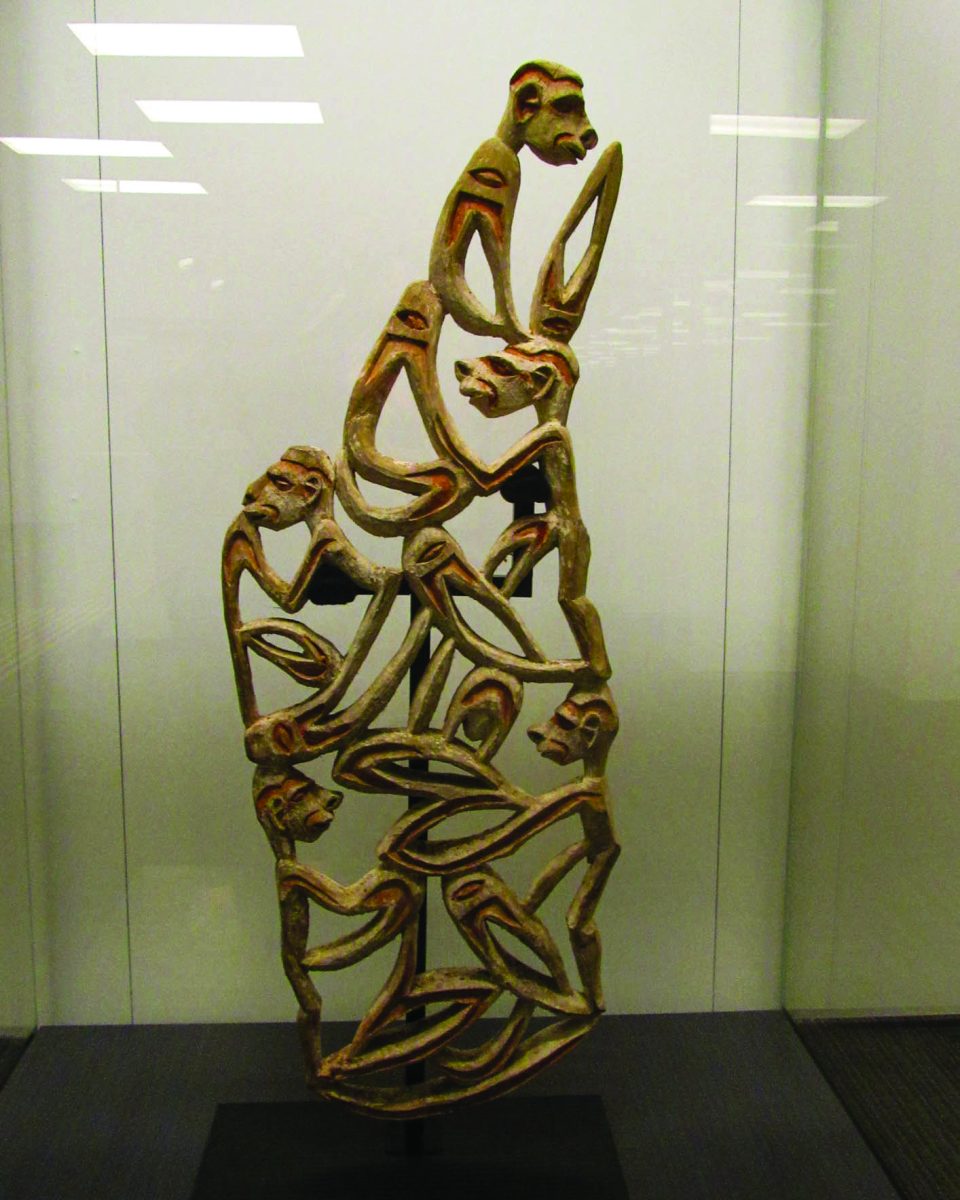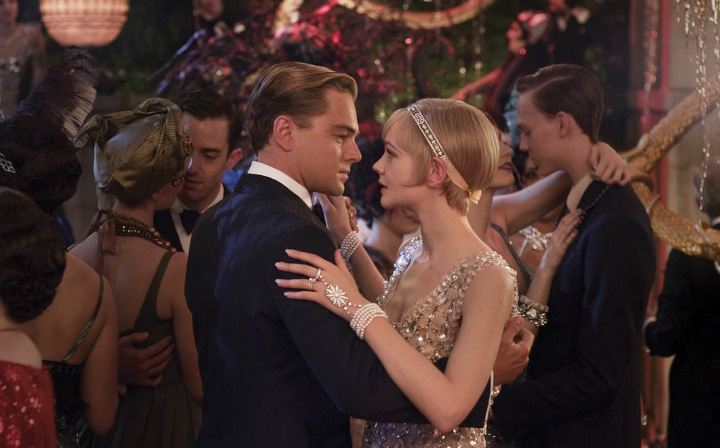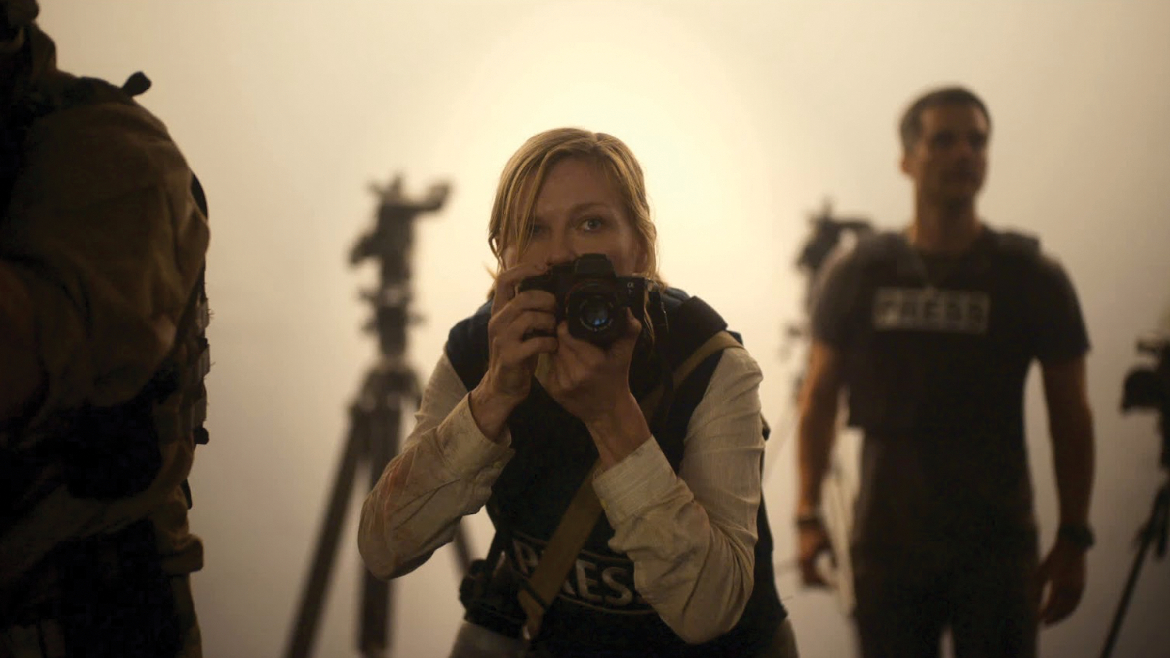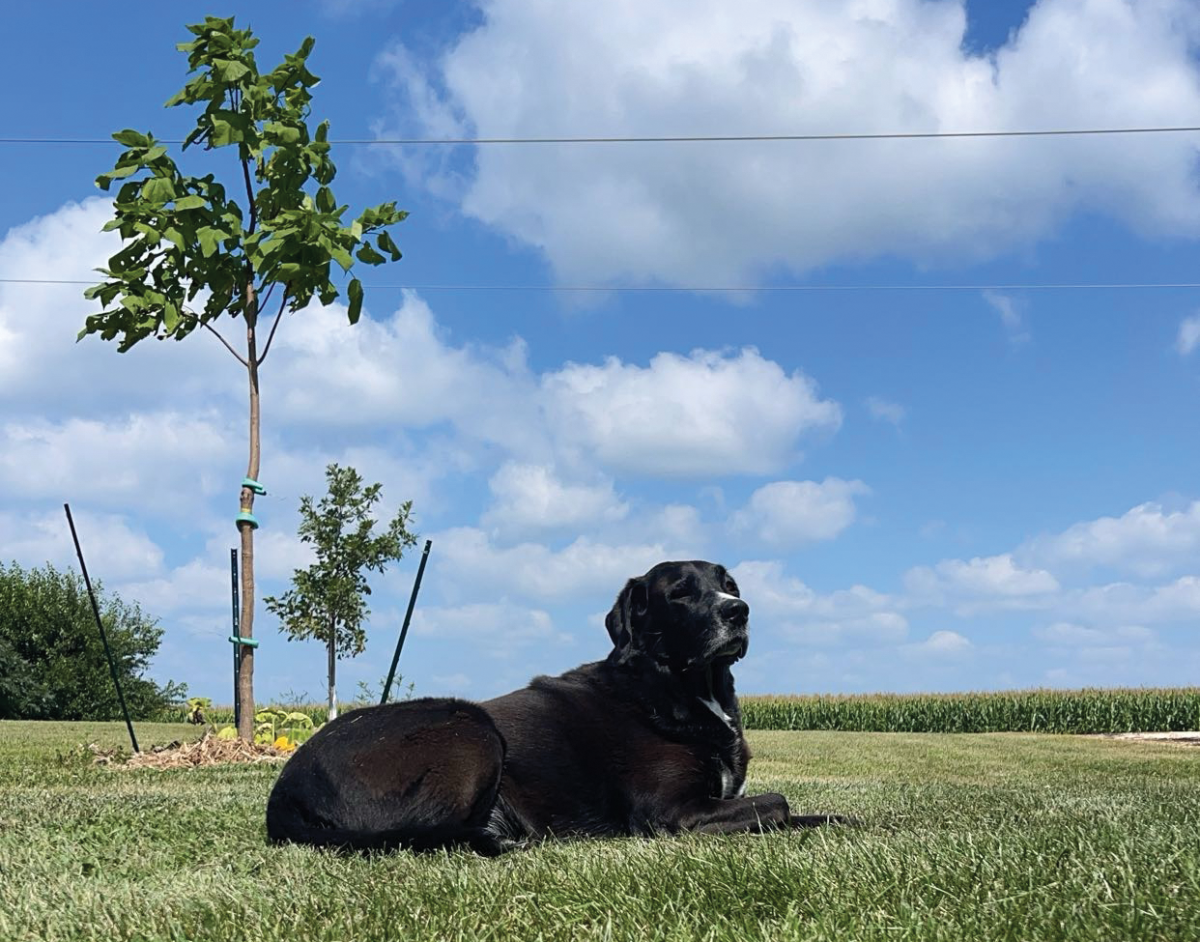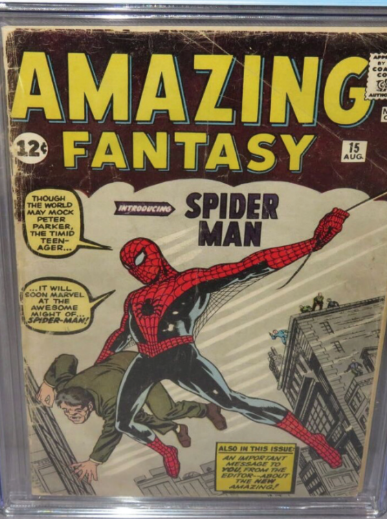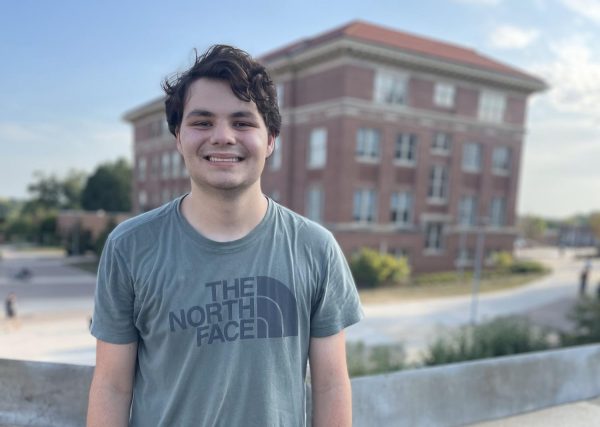Museums worldwide continue to adapt to new realities and ideals concerning what should be held in their care. Instead of collecting artifacts without considering their origins, many museums now focus on returning artifacts to where they came from. This process is called artifact reparation. When considering current practices regarding repatriation, one may look at institutions such as the Smithsonian, the British Museum and the Louvre. While these large museums’ apprehension surrounding repatriation provides the flashpoints for the present-day legal debates, other museums around the world are on board with and currently practicing artifact repatriation.
One of these museums adapting to the changing norms in museum philosophy is the University of Northern Iowa’s own UNI Museum in Rod Library. Director and Chief Curator Nathan Arndt says regarding the importance of object repatriation, “I think we need to do more; museums need to look deeper and open up our doors.”
He also spoke on the overall changing of philosophies of worldwide museum professionals to favor repatriation. “What has really changed is how we see cultural objects; they are no longer just objects on a shelf, it is actually part of who they are as people,” he said.
The UNI Museum has been in the business of artifact repatriation for decades, and the process is always ongoing, as new technologies and research can identify objects in collections that are eligible for repatriation.
Federally mandated repatriation in the United States began in the 1990s with the 1990 passage of “NAGPRA,” or the Native American Graves and Repatriation Act. This law mandated museums to do an audit on collections to allow Native Americans the opportunity to find, see and possibly reclaim objects held sacred to their respective tribes. NAGPRA only affected collections supported by public monies, and as such, the UNI and other university museums were included under the umbrella of NAGPRA.
Speaking on behalf of NAGPRA, Director Arndt said, “These are tribal objects. Why don’t we have them come in and look things over, and if they say ‘this would be great; we could use this’, it is their culture.”
While reparation is seen as important work by many museums, identifying and returning objects can be long and strenuous. Arndt says it can take “years, and it can take months to receive replies from the parties involved. These are their cultures, so they have the process they go through, so we go at their speed, not ours.” Furthermore, when unidentifiable objects are found within the boundaries of the Iowa Board-of-Regents governed universities, they are sent to the state Archeologist Office on the University of Iowa’s campus for further inspection and identification.
Institutions also use repatriation to help build and heal bonds between tribal organizations and museums that have been strained for decades due to past collection practices. Director Arndt gave an example of an Iroquois Artist based in upstate New York who they are currently working with. This artist is Natasha Smoke Santiago, who has recently donated one of her pieces to the UNI Museum.
“Working with the culture, and having them pick what comes to us as it tells a story to them, means more than me going and taking something from them that might not mean anything to them—that is a better story,” he said.
Building strong relationships is one of the key reasons artifact repatriations are commonplace today in museum work.
“I’m a believer that if you open up and you give these things back, the relationships you build with the people actually pay better dividends because you get to know the tribe, the culture, even better,” Arndt said.
Smoke Santiago, the Iroquois artist who has donated a piece to the museum, has founded a strong friendship with Director Arndt. He has built a rapport with her, including visiting her in Upstate New York and further cooperation concerning UNI Museum Native American-focused exhibits.
While museum repatriation may be controversial to some, the UNI Museum and Director Arndt have seen how the process can build strong relationships and create trust between historical organizations.
More information on the UNI Museum can be found at museum.library.uni.edu/


